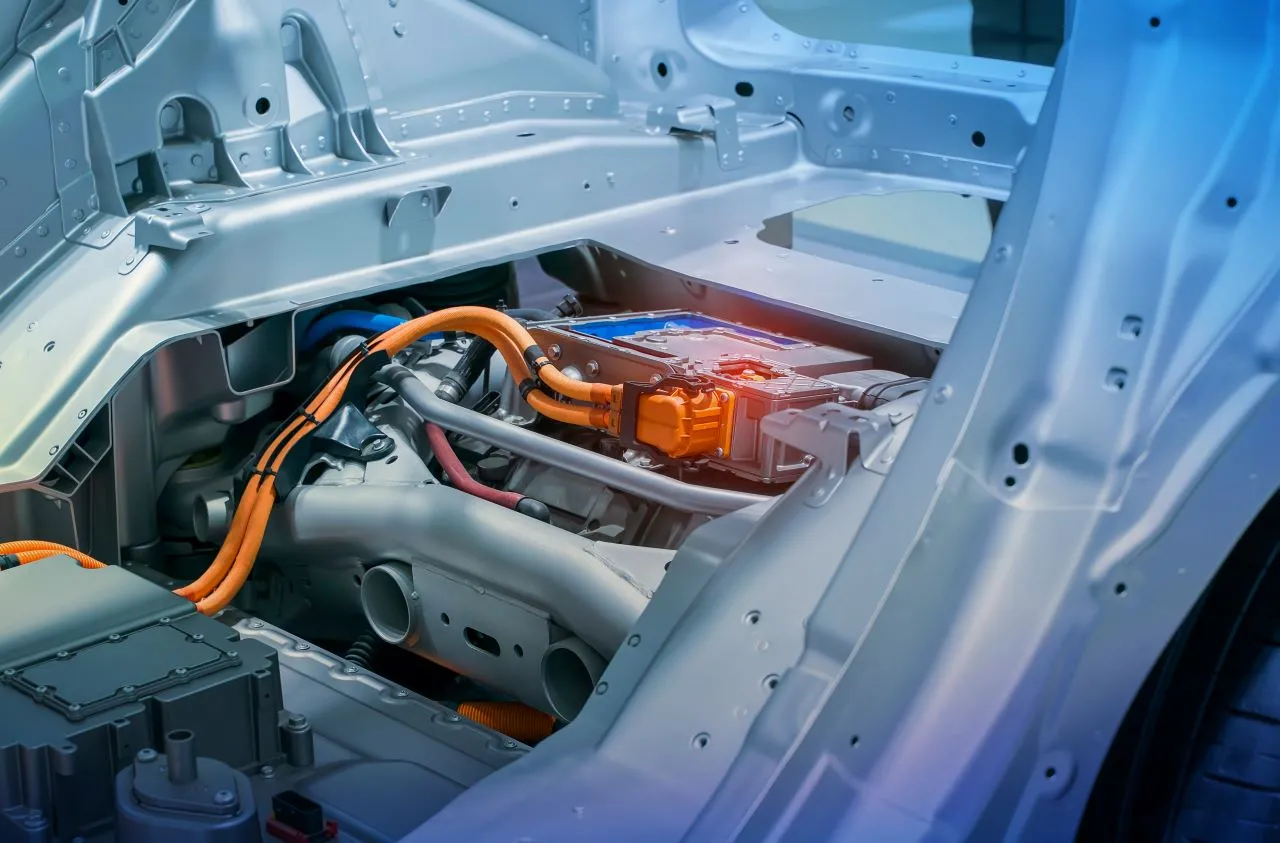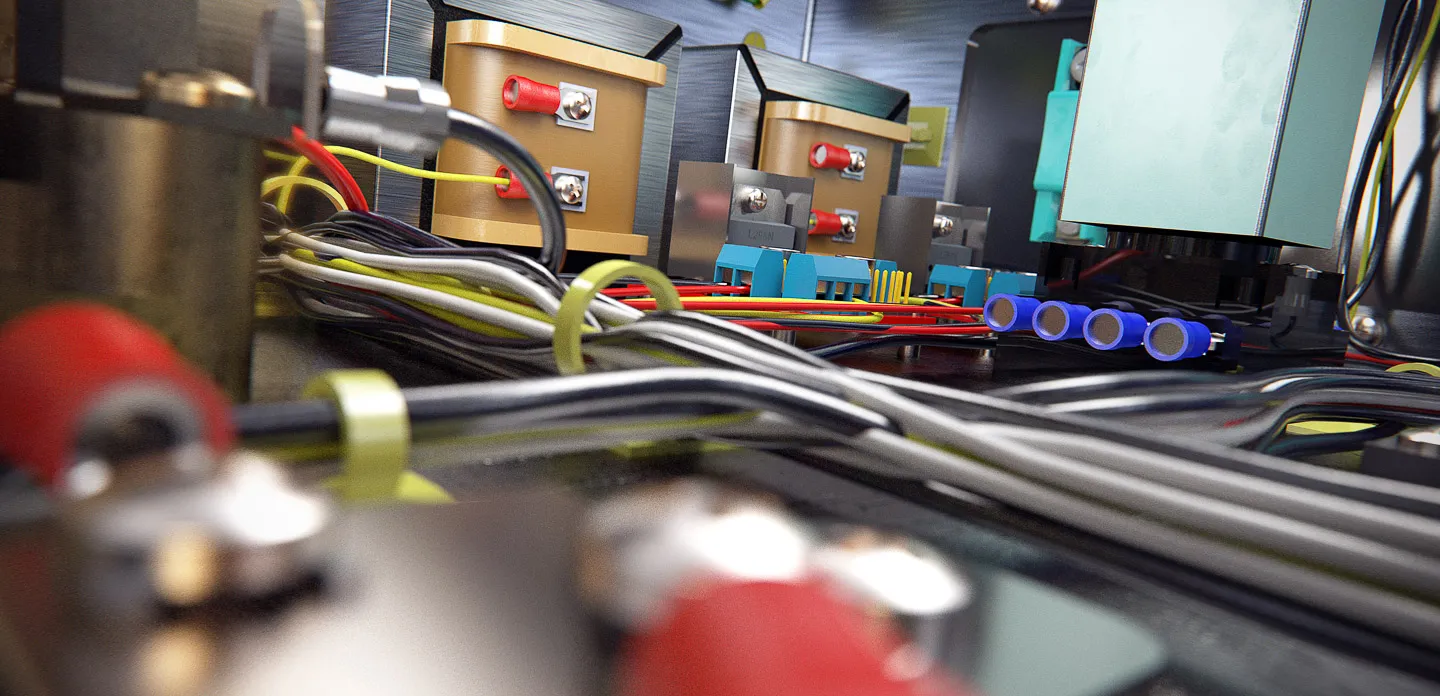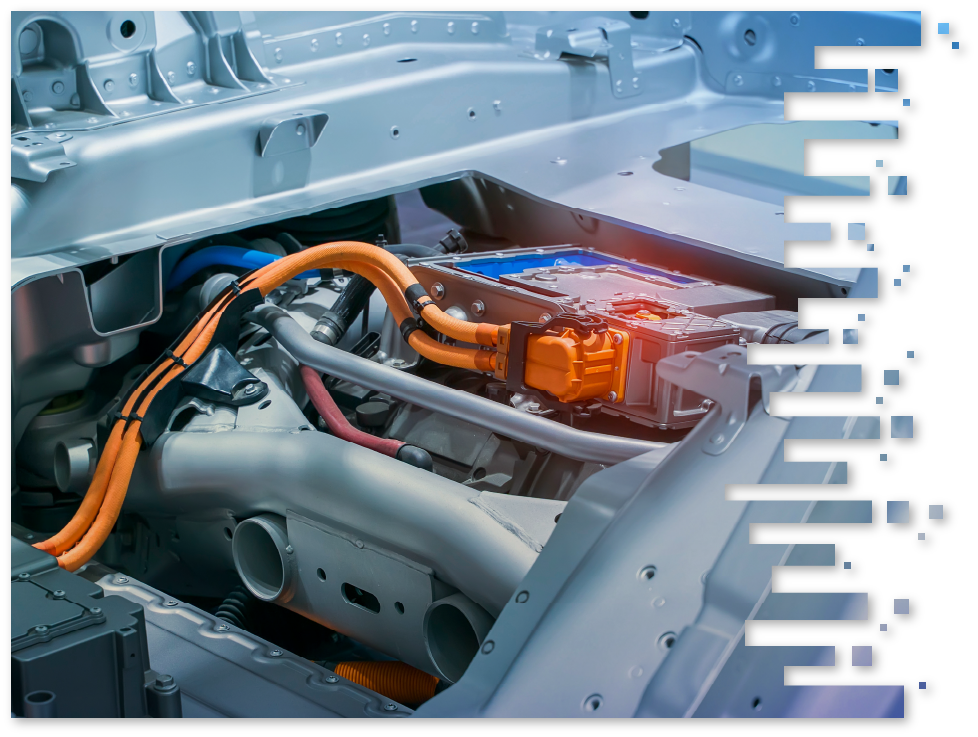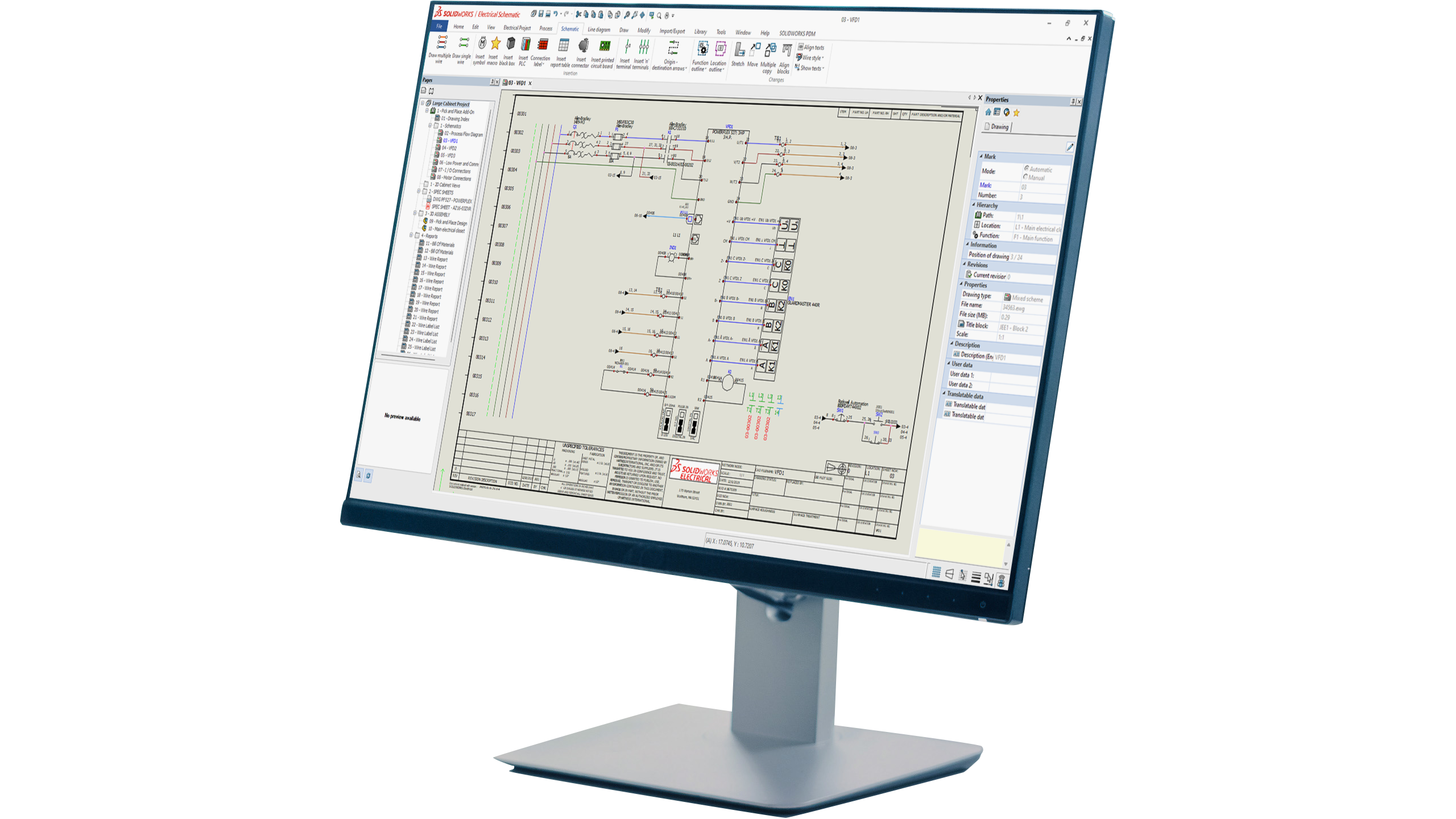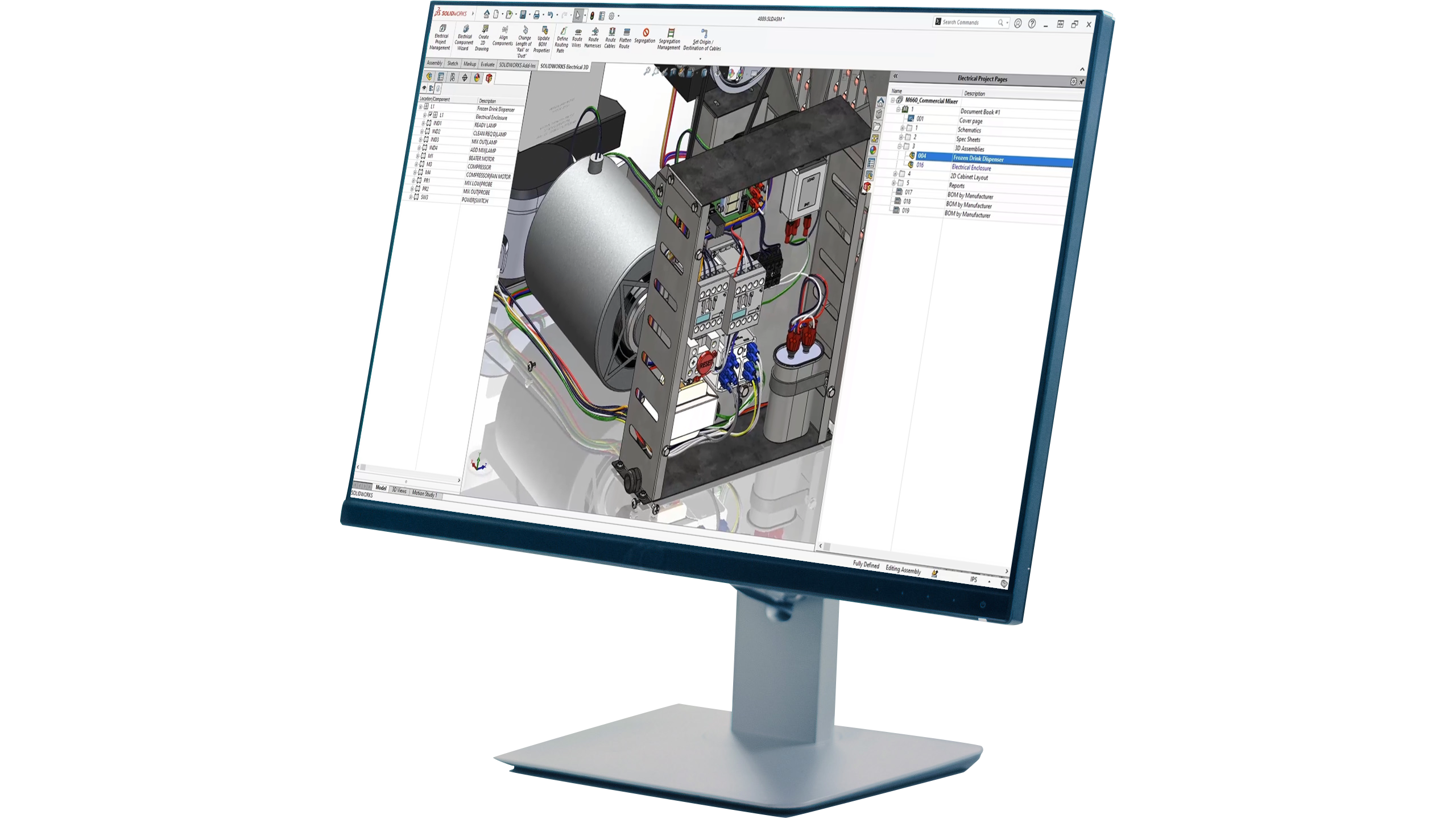What is a Wire Harness?
A wire harness connects all the elements of an electrical system, including the cables, wires, and parts that connect the electrical components of the product or system. Planning out your wire harnessing is imperative. A well-designed wire harness ensures that your systems assemble easily, eliminating wasted materials thus saving time and money.
Wire harnesses are found across use cases with varying complexity depending on the industry or product category in which they’re applied. Any product that contains an electrical system likely employs wire harnessing. These products could be something as small as a mini fridge, or something as large as an industrial machine. Regardless of the application, wire harness design helps eliminate friction throughout the design process and helps ensure a safer and more efficient system.
Can You Design Wire Harnesses in Both 2D and 3D?
Yes! Wire harnesses can be designed using both 2D and 3D design tools. Schematic tools, like SOLIDWORKS Electrical Schematic, can be used as a first step for your logical wire harness design. A simple 2D layout sketch can help put you and your team on the same page when trying to understand and think through the overall connectivity of the system’s components. 2D wire harness design is the traditional method of laying out harnesses, however it requires various manual methods and physical prototypes for determining wire lengths and branching locations. Today’s 3D design capabilities feature increased accuracy and flexibility with visualization and design, while reducing physical prototyping.
After creating your initial logical harness in 2D, using a 3D design tool opens the door to a range of exclusive benefits. With a 3D modeling tool, you can take your schematic and translate it into 3D, plan the harness path, and then visualize how your wire harness will actually fit into a product. Being able to virtualize these steps is key to reducing the number of costly prototypes needed, and also reveals areas to improve the assembly and serviceability of your design, with benefits including optimizing the use of wire or cable–something which is not easily visible in a 2D model alone.
